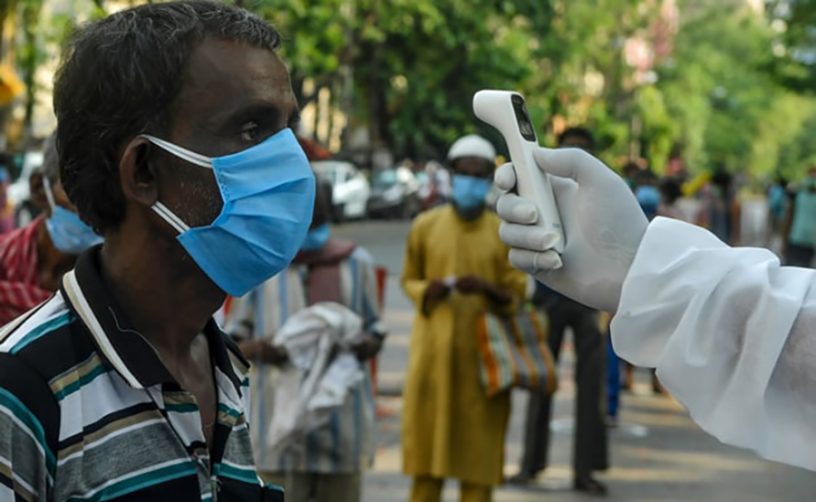
This article is an attempt to review the current understanding of COVID-19 and summarize the various aspects of the therapeutic approach.
Authors
Pankaj Kumar Rai, Department of Biotechnology, Invertis University, Bareilly, Uttar Pradesh, India
Zeba Mueed, Department of Biotechnology, Invertis University, Bareilly, Uttar Pradesh, India
Abhiroop Chowdhury, Jindal School of Environment & Sustainability, O.P. Jindal Global University, Sonipat, Haryana, India
Ravi Deval, Department of Biotechnology, Invertis University, Bareilly, Uttar Pradesh, India
Dinesh Kumar, Department of Biotechnology, Invertis University, Bareilly, Uttar Pradesh, India
Mohammad A. Kamal, West China School of Nursing / Institutes for Systems Genetics, Frontiers Science Center for Disease-related Molecular Network, West China Hospital, Sichuan University, Chengdu 610041, Sichuan, China
Yogeshwar Singh Negi, Department of Biosciences, Manipal University Jaipur, DehmiKalan, Jaipur-Ajmer Expressway, Jaipur, Rajasthan, India
Shubhra Pareek, Department of Chemistry, Manipal University Jaipur, DehmiKalan, Jaipur-Ajmer Expressway, Jaipur, Rajasthan, India
Hemlata Sharma, Department of Biosciences, Manipal University Jaipur, DehmiKalan, Jaipur-Ajmer Expressway, Jaipur, Rajasthan, India
Nitesh Kumar Poddar, Department of Biosciences, Manipal University Jaipur, DehmiKalan, Jaipur-Ajmer Expressway, Jaipur, Rajasthan, India
Summary
The coronavirus pandemic hit the world lately and caused acute respiratory syndrome in humans. The causative agent of the disease was soon identified by scientists as SARS-CoV-2 and later called a novel coronavirus by the general public. Due to the severity and rapid spread of the disease, WHO classifies the COVID-19 pandemic as the 6th public health emergency even after taking efforts like worldwide quarantine and restrictions. Since only symptomatic treatment is available, the best way to control the spread of the virus is by taking preventive measures.
Various types of antigen/antibody detection kits and diagnostic methods are available for the diagnosis of COVID-19 patients. In recent years, various phytochemicals and repurposing drugs showing a broad range of anti-viral activities with different modes of actions have been identified.
Repurposing drugs such as arbidol, hydroxychloroquine, chloroquine, lopinavir, favipiravir, remdesivir, hexamethylene amiloride, dexamethasone, tocilizumab, interferon-β, and neutralizing antibodies exhibit in vitro anti-coronaviral properties by inhibiting multiple processes in the virus life cycle.
Various research groups are involved in drug trials and vaccine development. Plant-based antiviral compounds such as baicalin, calanolides, curcumin, oxymatrine, matrine, and resveratrol exhibit different modes of action against a wide range of positive/negative sense-RNA/DNA virus, and future researches need to be conducted to ascertain their role and use in managing SARS-CoV-2.
Thus this article is an attempt to review the current understanding of COVID- 19 acute respiratory disease and summarize its clinical features with their prospective control and various aspects of the therapeutic approach.
Published in: Current Pharmaceutical Biotechnology
To read the full article, please click here


